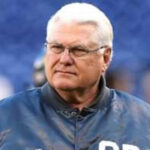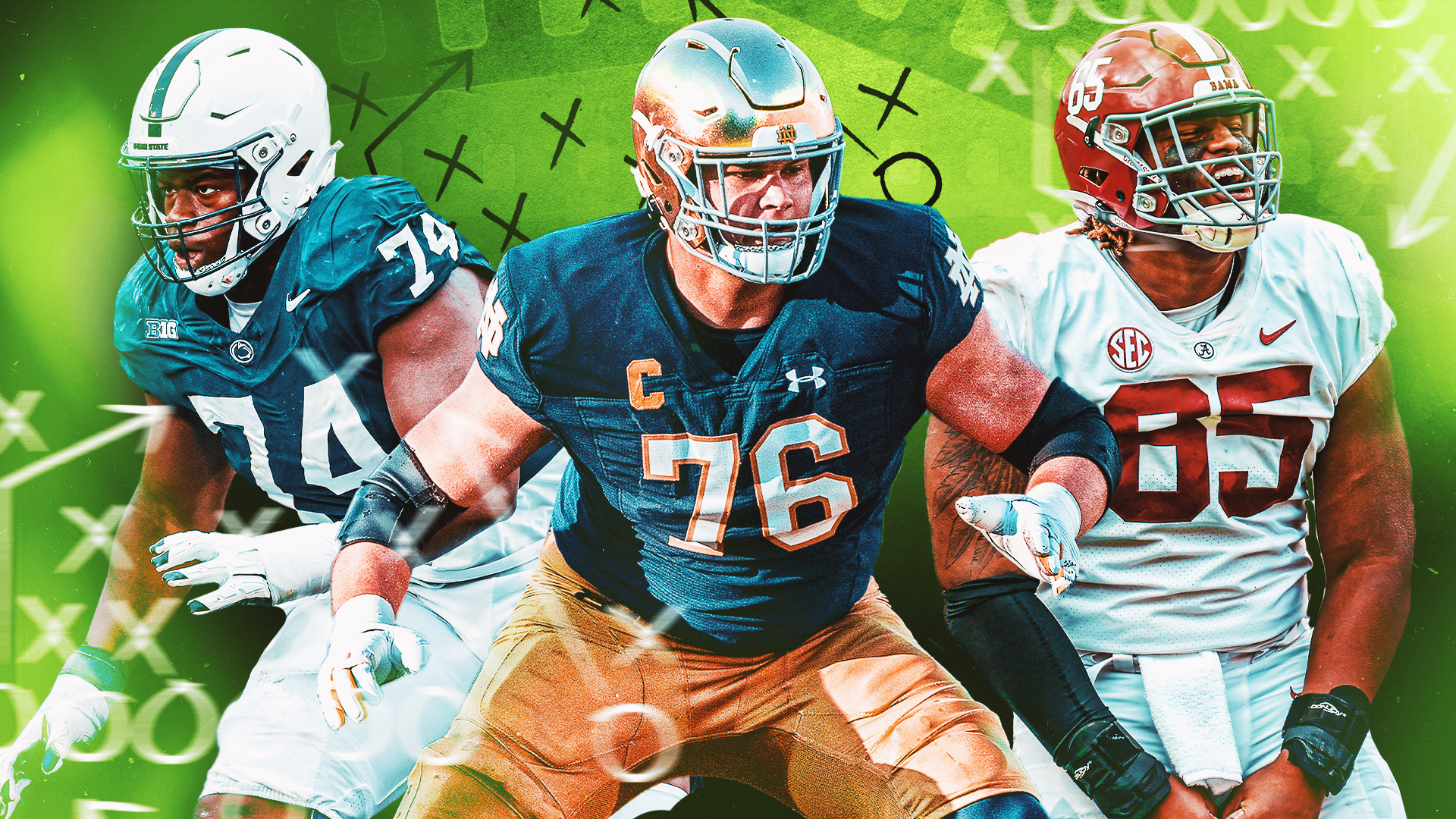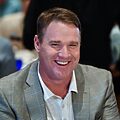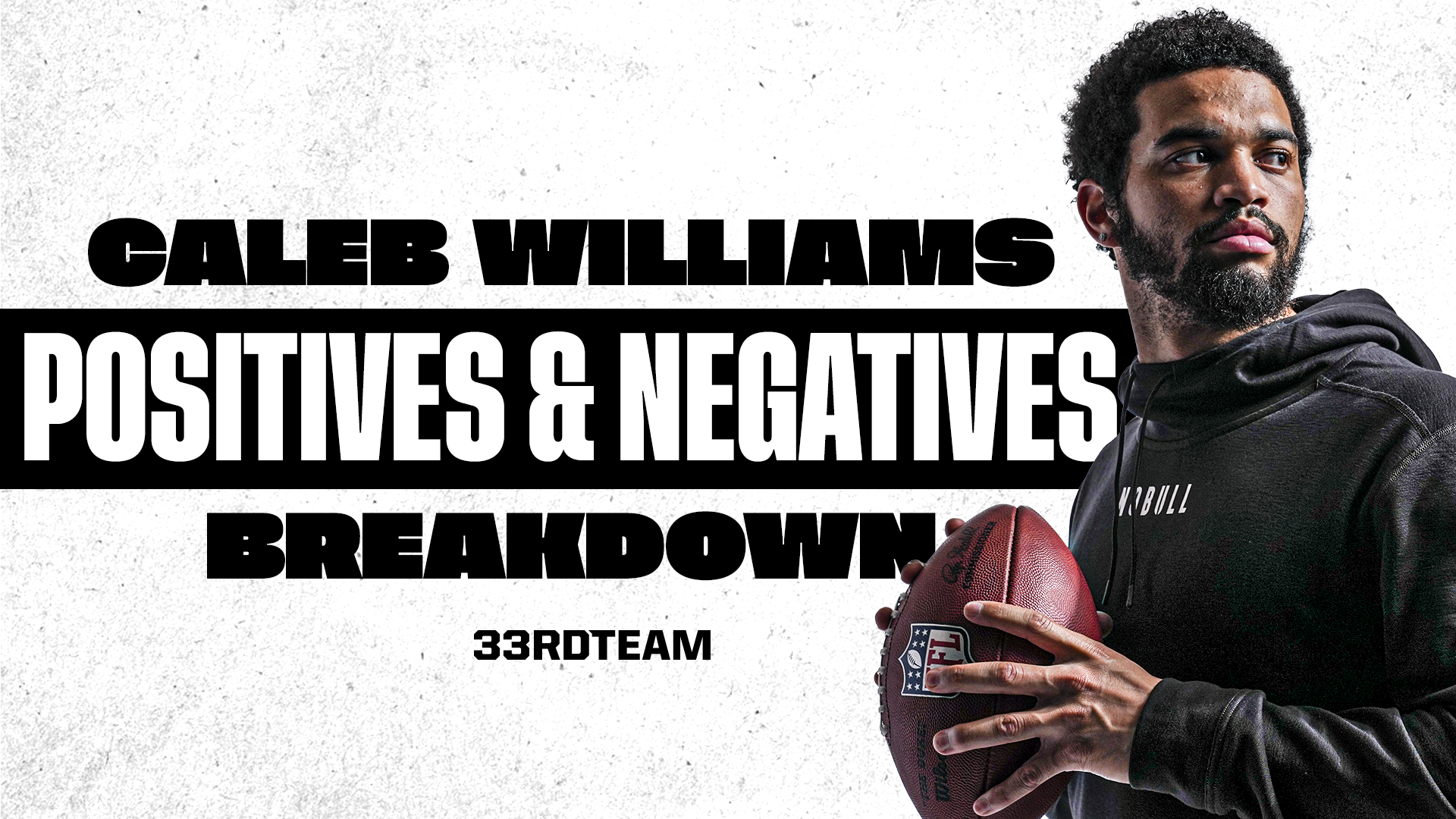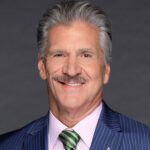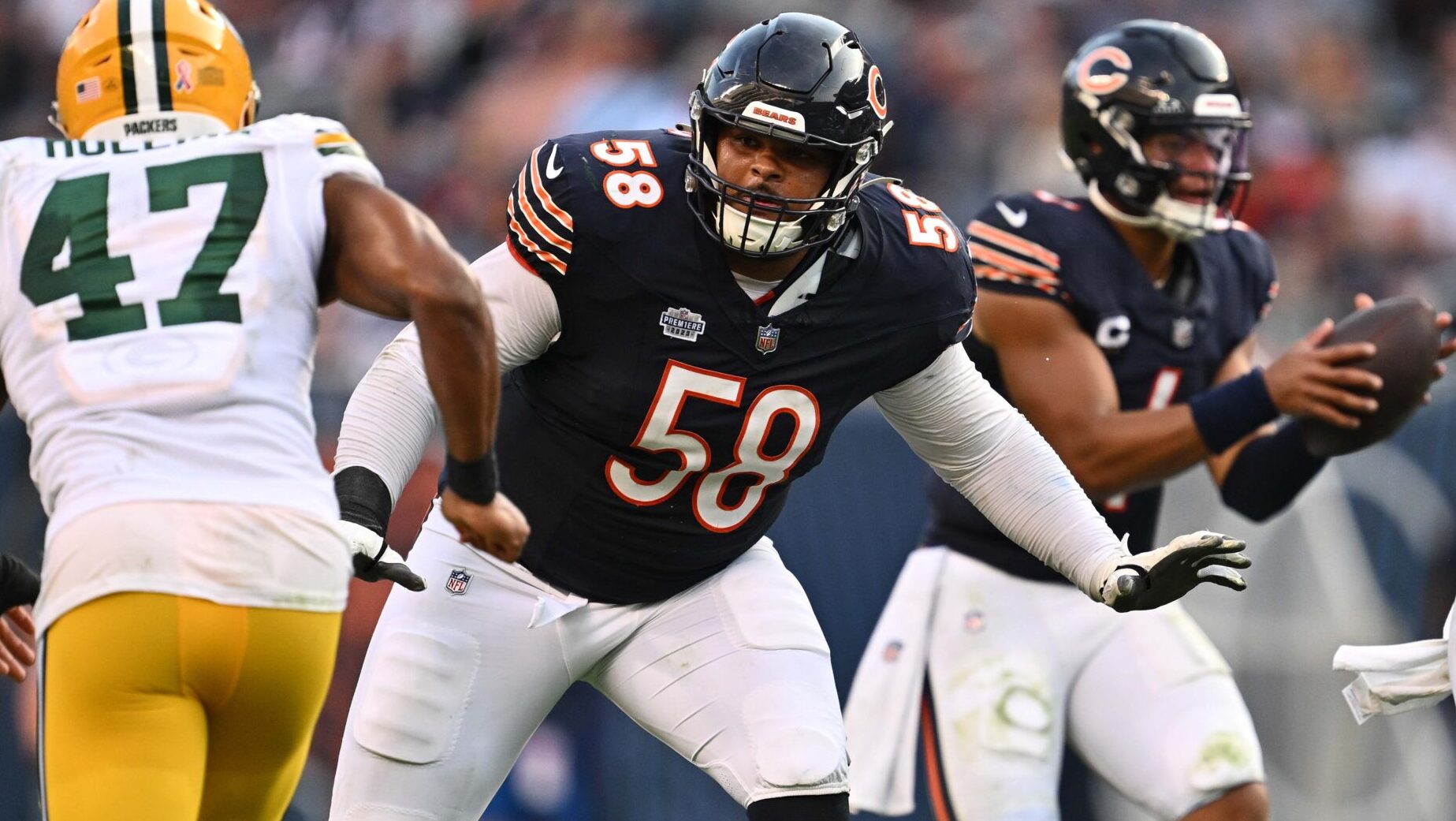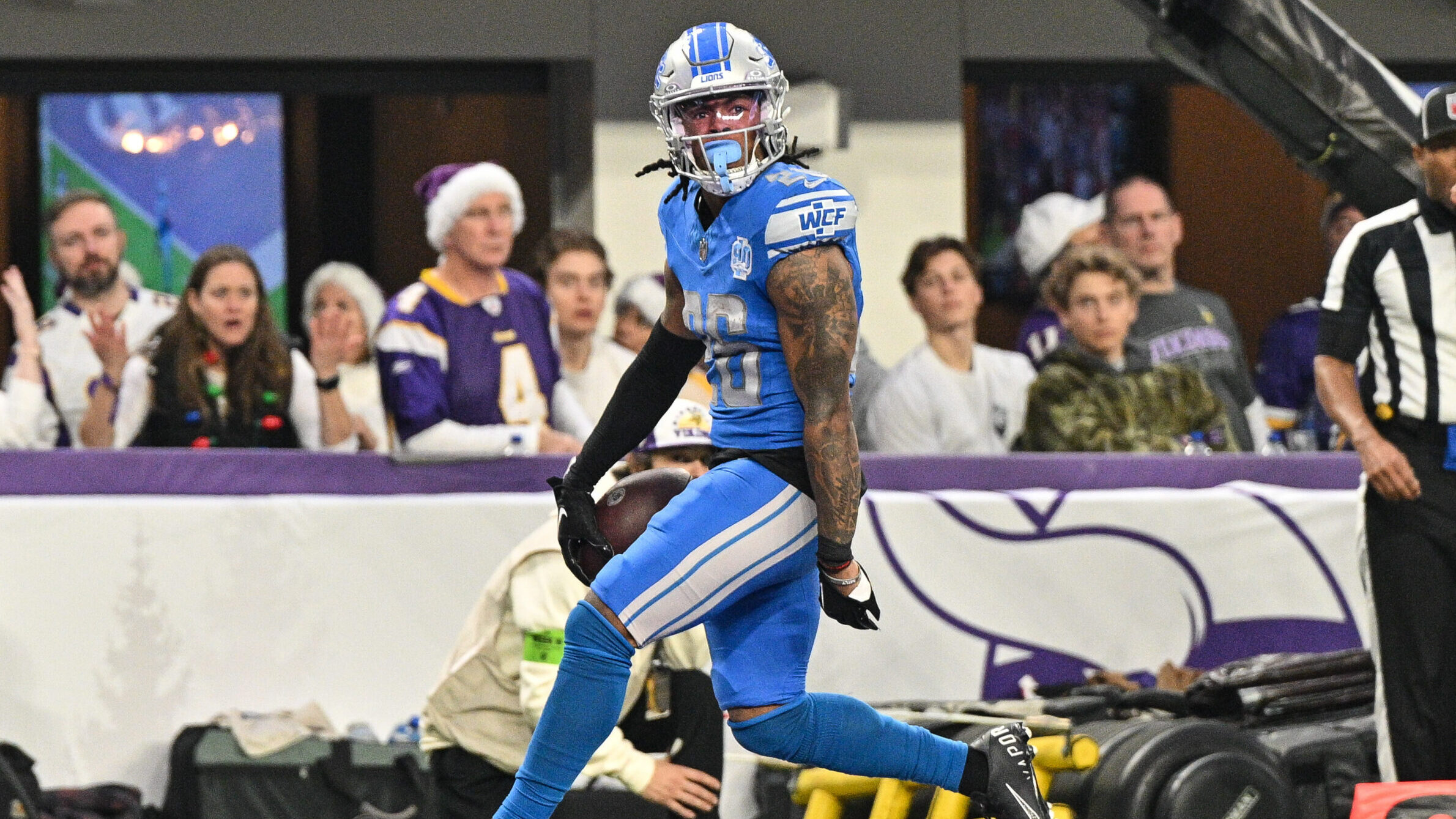Analysis
6/20/22
12 min read
The Original USFL's Philadelphia Stars: The Best Team Nobody Ever Heard Of
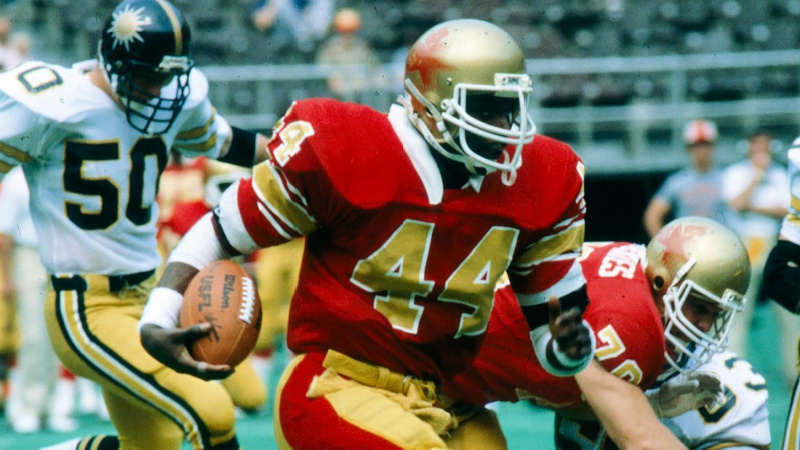
The Best Team Nobody Ever Heard Of got together one more time last week at a popular South Philadelphia restaurant to reminisce and share old memories.
The United States Football League – the 1983-85 spring original not Fox’s 2022 plagiarized version – probably doesn’t ring a bell with most people under the age of 50, But the Philadelphia Stars were the USFL’s dominant franchise during its brief but memorable three-year run.
They captured two of the league’s three championships and lost in the title game in the other. They won 48 of 62 games, including seven of eight in the postseason. Twenty-nine of the team’s players went on to play in the NFL after the USFL folded.
Thirty-seven years after they played their last game, nearly 100 former players, coaches, executives, and support staff turned out for the team’s latest reunion. For a few wonderful hours, they laughed and cried and toasted the time of their lives.
Head coach Jim Mora, who was at the team’s two previous reunions, was unable to make this one. He had to attend the high school graduation of his youngest grandchild.
Summer celebration in Canton
But he will be seeing many of the people who were there this summer in Canton at Sam Mills' induction into the Pro Football Hall of Fame. Mora will be Mills’ presenter at the enshrinement ceremony.
Mills, who died of cancer in 2005, was the best player on The Best Team Nobody Ever Heard Of. Cut by both the Cleveland Browns and the CFL’s Toronto Argonauts because of his size (he was just 5-9), he was a three-time all-USFL linebacker who went on to a prolific 12-year career in the NFL. He will be the fifth former USFL player to get a bust in Canton, joining Jim Kelly, Steve Young, Reggie White, and Gary Zimmerman.
Mills’ widow, Melanie, attended the Stars reunion last week.
Recently retired Villanova basketball coach Jay Wright, who won two national titles with the Wildcats and was inducted into the Naismith Basketball Hall of Fame two months ago, also stopped by the event. Wright’s first job out of college happened to be in the Stars’ marketing department. The job changed his life. That’s where he met his wife Patty, who was a Stars cheerleader.
Little known fact: Jay once dressed up as the team mascot to hand out fliers for a game promotion at 30th St. Station.
Mora spent 15 years as an NFL head coach. He’s 32nd in all-time wins with 125. But his three years with the Stars rank among his fondest coaching memories.
The walls of his den at his home in Palm Desert, Calif., are filled with dozens of pictures from his career. The one he treasures the most, however, is a picture taken at the end of the Stars’ victory parade following their first USFL title. In it, he is standing next to the ’84 championship trophy with Stars owner Myles Tanenbaum and president-general manager Carl Peterson.
Philly loved the Stars
The city of Philadelphia embraced the Stars during their brief existence. They had a 25,000 season-ticket base in their second season. More than 80,000 people turned out for their victory parade following the ’84 championship-game victory.
“The reason we won was because we had the best players in the league for three years,’’ Mora said. “But the other thing was, those players, they would have run through a wall for you to be successful. A lot of them were new to professional football. Some had been cut by NFL teams. This [league] was a second chance for them.’’
Said fullback David Riley: “In all my years in sports, I never experienced anything like that. Being around a unique group of guys where nobody was hatin’ on each other. Everybody was enjoying each other. I never experienced that before or since.’’
Stars linebacker Mike Johnson played 10 years in the NFL for the Detroit Lions and Cleveland Browns after the USFL folded. Earned two Pro Bowl invitations. But he readily admitted that those 10 years can’t hold a candle to the two he spent with the Stars.
“Don’t get me wrong,’’ he said. “I loved those 10 years [in the NFL]. But it wasn’t the same experience.’’
The architect of the Stars’ impressive success was Peterson, who left his job as Dick Vermeil’s player personnel chief with the Philadelphia Eagles to run Tanenbaum’s new spring team.
NFL impact of Stars
Peterson built the Stars into a top-flight organization that would produce no less than four future NFL general managers – himself (Chiefs), Terry Bradway (Jets), Bill Kuharich (Saints) and Rod Graves (Cardinals), and four NFL head coaches – Mora (Saints, Colts), Vince Tobin (Cardinals), Dom Capers (Panthers and Texans) and Vic Fangio (Broncos).
Twenty-nine Stars players would go on to play in the NFL after the USFL folded. Five of them would make a total of 18 Pro Bowl appearances and 18 would play in 30 or more games and/or make 15 or more NFL starts.
Peterson brought in NFL castoffs like Riley, Mills, guard Chuck Commiskey, linebacker Glenn Howard, quarterback Chuck Fusina, safety Mike Lush, tight end Steve Folsom and wide receiver Tom Donovan, who all just needed a chance to play.
He drafted and signed top young college players like offensive linemen Irv Eatman and Bart Oates, running back Kelvin Bryant, defensive end William Fuller, linebackers Mike Johnson and George Jamison, safety Antonio Gibson and punter Sean Landeta. Lured veteran NFL players like Eagles linebacker John Bunting, 49ers nose tackle Pete Kugler and Chargers wide receiver Scott Fitzkee to the new league.
“Carl was coming out of the NFL,’’ said Kuharich, who was the Stars’ assistant GM. “He knew where all of the bodies were buried. And he had a good eye for talent.’’
Peterson lured Oates, who later would go to five Pro Bowls with the Giants and help them win two Super Bowls, by first signing his older brother Brad, a six-year NFL veteran.
“I wasn’t going to sign [with them], but then my brother signed,” Oates said. “He was finishing his career. The opportunity to play with him was why I signed.’’
Eatman, a UCLA product who would play 11 seasons in the NFL after the USFL folded and spend another decade as an NFL assistant coach, never regretted his decision to sign with the Stars and play an integral role in two championship teams.
“I wouldn’t trade those three years for the world,’’ he said. “To this day, it was the most fun I had since I’ve been involved in football.
“Everything just clicked. We hit a rough patch in that third season when we had to play in Baltimore. But even then, we overcame all of that and still won another championship. It speaks to the character of the people involved.’’
Total Domination
After losing to the Michigan Panthers in the USFL’s inaugural championship game in ‘83, the Stars ran away with the league title in ’84. Finished 16-2 in the regular season, then outscored their three playoff opponents, 71-20.
Their defense, led by Mills, held opponents to a league-best 12.5 points per game. Mills later would go to five Pro Bowls with the Saints and Panthers. They erected a statue of him in front of Bank of America Stadium in Charlotte after he retired. Fuller played 13 seasons in the NFL and had 100 ½ sacks.
“We had a good mix of some really good players and some who were just lunch-pail types of players who got everything out of their ability,’’ said Tobin, who was the Stars’ defensive coordinator. “And it worked. It blended together very well.’’
Nothing brought the Stars closer together than the adversity they faced – and somehow managed to overcome – in their third and final season in ’85.
When Donald Trump convinced a majority of the USFL owners that their only hope for survival was to move to the fall beginning in ’86 and go head-to-head with the NFL, Stars owner Myles Tanenbaum announced that he was moving the team to Baltimore for the league’s final spring season in ’85.
But the Orioles wouldn’t give their consent to let the Stars use Baltimore’s Memorial Stadium that spring. So, the team spent the ’85 season practicing and living in Philly, then driving 134 miles down I-95 to the University of Maryland for its home games.
The I-95 Stars
“There often is a ludicrousness to things you deal with in your life,’’ said Johnson. “You have to make a decision how you’re going to deal with them. There was a baseball movie back in the ‘70s with Richard Pryor called Bingo Long & the Traveling All Stars & Motor Kings. That’s what we called ourselves that year. We were the traveling all-stars.
“At a certain point, you either throw in the towel and say I quit, or you decide to make the best of it. That’s what we did that year. It did make it harder to play. But being a Mora team, he was a former Marine and he’s like, alright, so what? You looking for excuses? There still was an expectation.’’
Mills, who was the team’s leader, also made that clear to his teammates. “In not so many words, he said, there are no excuses here. We still have to be good. Here’s how I’m going to play, and everybody meet me here. It’s hard to complain when your fearless leader isn’t saying a negative word.’’
Despite that, the Stars won just one of their first five games and were 5-6-1 at one point, before winning five of their last six to squeak into the playoffs.
“We essentially played 18 road games that last year,’’ Peterson said. “I remember after we scored just three points in a loss to Trump’s New Jersey Generals and were something like 5-6-1, Jim blew up on the practice field.
“He said, ‘I’m sick of listening to you guys bellyaching about our situation. We’ve had enough time to feel sorry for ourselves. Let’s go out and start playing some football and go and win a championship.’ And that’s when we took off.’’
“[Mora] didn’t believe we’d make the damn playoffs,’’ said Commiskey, who was one of five Stars players Mora later took with him to the Saints after he was hired as head coach. “Then we’re getting ready to play Birmingham in the semifinals. They had beaten us twice that season. I think we scored like a total of 10 points against them in those two games.
“Before the game, Mora, who pushed us hard, said to us, ‘You guys have worked really hard to get back into this thing. If y’all win, we’re not gonna go in pads next week [before the championship game]. There won’t be any sleds or dummies or anything. Because you guys will have [already] proved what you’re made of.
“So, we go out and beat the Stallions by two touchdowns to make the championship game. The next day, (offensive coordinator) Jim Erkenbeck comes out and says, ‘I know you’re going to be pissed about this. But Jim wants you in pads and hitting the five-man sled. There was a lot of growling. But we went up to the Meadowlands that week and beat Oakland to win our second straight championship.’’
How good were they?
How good were the Stars? Clearly, they were the best team in the USFL. The fact that so many of their players went on to successful careers in the NFL, would indicate that they could have been competitive with many NFL teams back then, particularly the Eagles, who had three straight losing seasons in ’83-85.
Tanenbaum certainly thought so. In January of ’84, after the Stars had made it to the USFL title game in their first season and the Eagles had finished 5-11, he bumped into Eagles owner Leonard Tose at Bookbinders restaurant.
Tose didn’t like Tanenbaum and didn’t like his team and had tried mightily – and unsuccessfully – to prevent the Stars from using Veterans Stadium in 1983.
“Leonard and Myles became bitter enemies,’’ Peterson said. “When they ran into each other that night, they started jawing at each other. Myles finally said, ‘I bet my Stars could beat your Eagles.’
“Leonard of course started laughing. He said, ‘How much do you want to bet on it? Myles said, ‘How about a million (dollars)?’ Leonard said fine. Then Myles tweaked him and said, ‘Leonard, are you sure you’re good for a million?’’’
“Frankly, having watched the Eagles then, I think we would have beaten them.’’
Kuharich said the Stars’ frontline talent was as good or better than at least half of the NFL’s teams. Where it might’ve had problems during the course of a 16-game season was depth.
“We would’ve gone in and been competitive, I have no doubt about that,’’ said Kuharich, who spent nearly a quarter century as an NFL personnel executive, including stints as president and general manager of the Saints and vice-president of player personnel for the Chiefs.
“But through a 16-game season, where [the lack of depth] would have shown up would be [if we lost] a starter for 2-3-4 weeks. In the NFL, the drop-off in depth generally isn’t huge. It would’ve been for us.’’
Said Landeta, who spent 21 seasons in the NFL and was selected as the first-team punter on the NFL’s All-Decade team of the ‘80s and second-team on the ‘90s All-Decade team: “When you think of the front-office executives and coaches and players from the Stars who went on to successful careers in the NFL,’’ it’s unbelievable. That team was such a tremendous team. It was an experience I’ll never forget.’’

